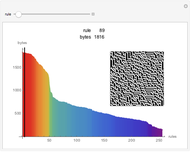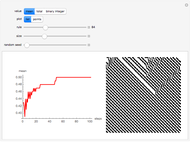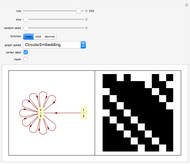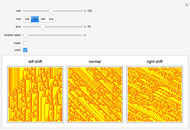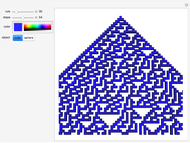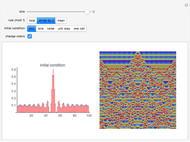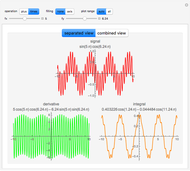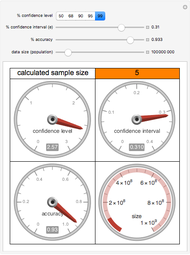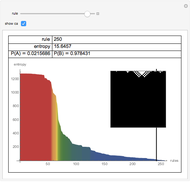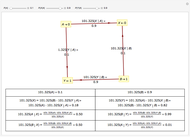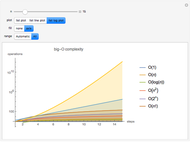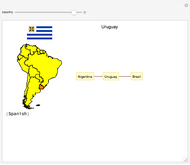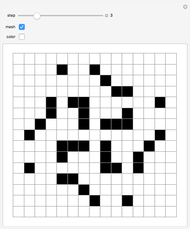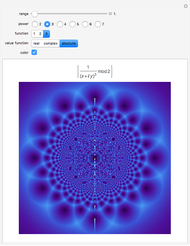Comparing the Dynamical Behavior of Elementary CA Rules

Requires a Wolfram Notebook System
Interact on desktop, mobile and cloud with the free Wolfram Player or other Wolfram Language products.
This Demonstration compares the dynamical behavior of the 256 elementary cellular automata (CA) rules, aligning them in just one graphic, starting from the same random initial condition.
[more]
Contributed by: Daniel de Souza Carvalho (March 2011)
Open content licensed under CC BY-NC-SA
Snapshots
Details
detailSectionParagraphPermanent Citation
"Comparing the Dynamical Behavior of Elementary CA Rules"
http://demonstrations.wolfram.com/ComparingTheDynamicalBehaviorOfElementaryCARules/
Wolfram Demonstrations Project
Published: March 7 2011







